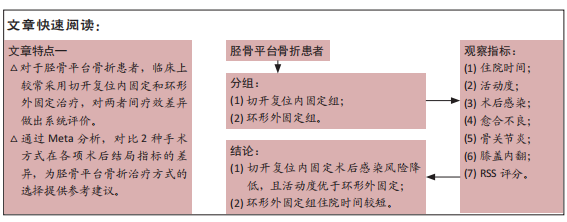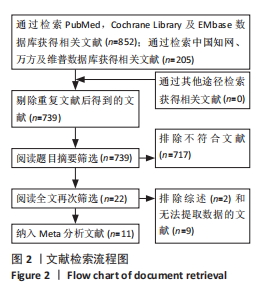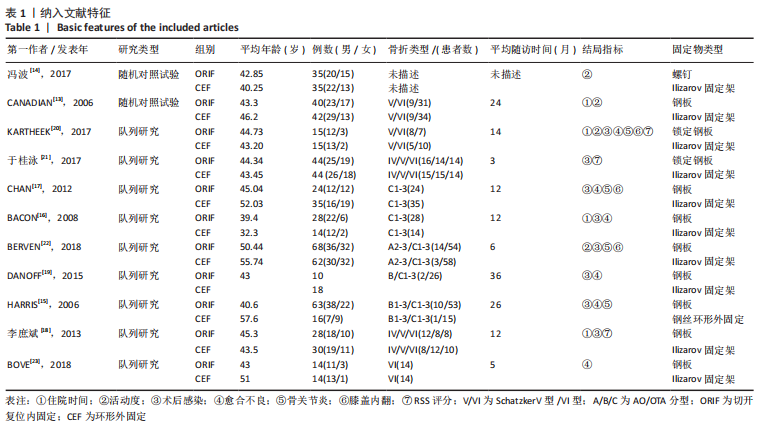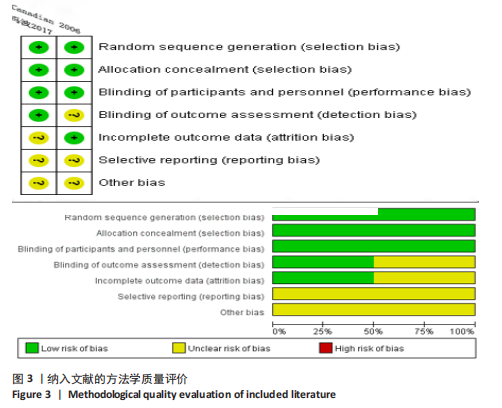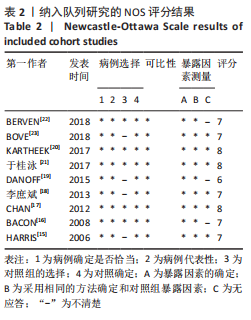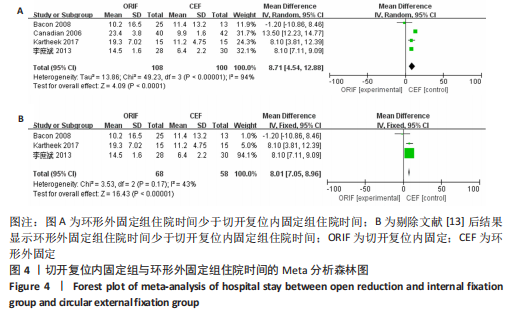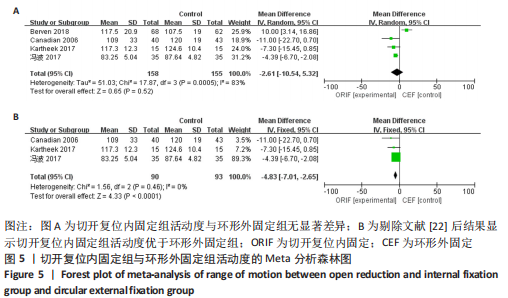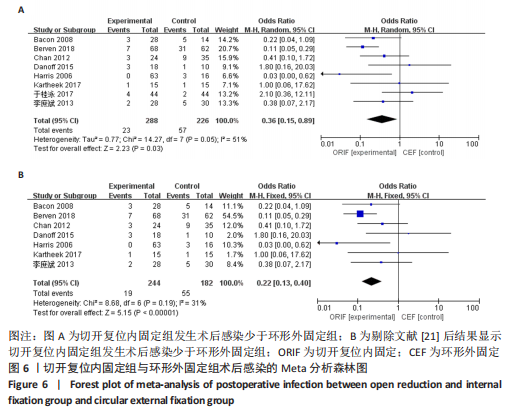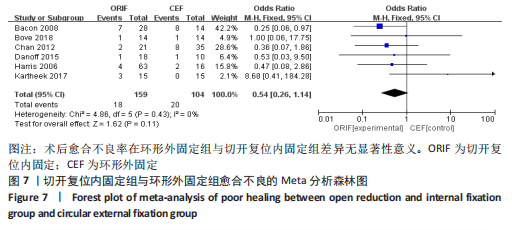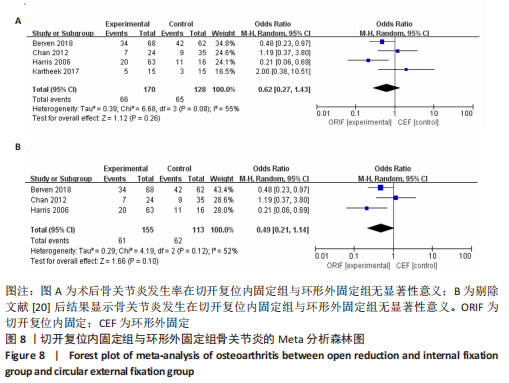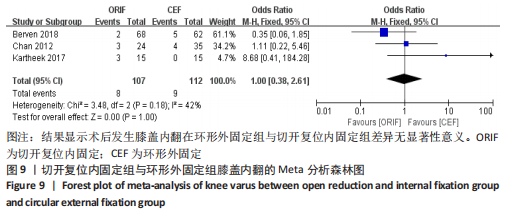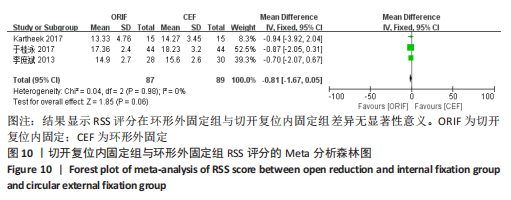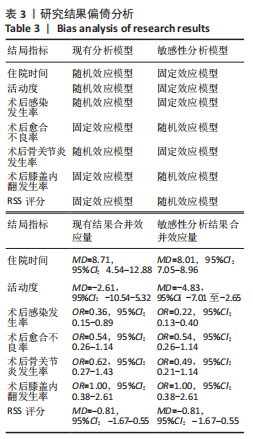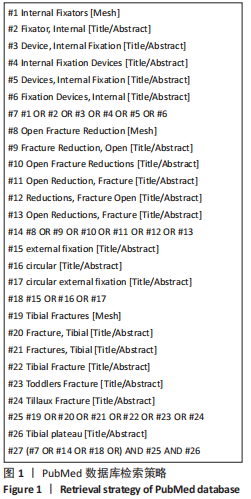[1] LI J, ZHU Y, ZHAO K, et al. Incidence and risks for surgical site infection after closed tibial plateau fractures in adults treated by open reduction and internal fixation: a prospective study. J Orthop Surg Res. 2020;15(1):349.
[2] METCALFE D, HICKSON C, MCKEE L, et al. External versus internal fixation for bicondylar tibial plateau fractures: systematic review and meta-analysis. J Orthop Traumatol. 2015; 16(4):275-285.
[3] BOUTEFNOUCHET T, LAKDAWALA A, MAKRIDES P. Outcomes following the treatment of bicondylar tibial plateau fractures with fine wire circular frame external fixation compared to open reduction and internal fixation: a systematic review. J Orthop. 2015;13(3):193-199.
[4] JANSEN H, FREY S, DOHT S, et al. Medium-term results after complex intra-articular fractures of the tibial plateau. J Orthop Sci. 2013;18(4):569-577.
[5] DENDRINOS G, KONTOS S, KATSENIS D, et al. Treatment of high-energy tibial plateau fractures by the Ilizarov circular fixator. J Bone Joint Surg Br. 1996;78(5):710-717.
[6] PUGH K, WOLINSKY P, MCANDREW M, et al. Tibial pilon fractures: a comparison of treatment methods. J Trauma. 1999;47(5):937-941.
[7] BONATO L, EDWARDS E, GOSLING C, et al. Patient reported health related quality of life early outcomes at 12 months after surgically managed tibial plafond fracture. Injury. 2017; 48(4):946-953.
[8] VASILIADIS E, GRIVAS T, PSARAKIS S, et al. Advantages of the Ilizarov external fixation in the management of intra-articular fractures of the distal tibia. J Orthop Surg Res. 2009;4:35.
[9] 卓乃强,李正疆,葛建华,等.内固定与外支架固定治疗复杂性胫骨平台骨折的对比研究[J].中国修复重建外科杂志,2008, 22(8):952-955.
[10] BRYSON W, FISCHER E, JENNINGS J, et al. Three-column classification system for tibial plateau fractures: what the orthopedic surgeon wants to know. Radiographics. 2020;41(1): 144-155.
[11] STANG A. Critical evaluation of the Newcastle-Ottawa scale for the assessment of the quality of nonrandomized studies in meta-analyses. Eur J Epidemiol. 2010;25(9):603-605.
[12] CUMPSTON M, LI T, PAGE M, et al. Updated guidance for trusted systematic reviews: a new edition of the Cochrane Handbook for Systematic Reviews of Interventions. Cochrane Database Syst Rev. 2019;10:ED000142.
[13] SOCIETY COT. Open reduction and internal fixation compared with circular fixator application for bicondylar tibial plateau fractures. Results of a multicenter, prospective, randomized clinical trial. J Bone Joint Surg Am. 2006;88(12):2613-2623.
[14] 冯波.切开复位内固定与Ilizarov外固定治疗胫骨平台骨折的效果对比分析[J].医学理论与实践,2017,30(14):2104-2105.
[15] HARRIS A, PATTERSON B, SONTICH J, et al. Results and outcomes after operative treatment of high-energy tibial plafond fractures. Foot Ankle Int. 2006;27(4):256-265.
[16] BACON S, SMITH W, MORGAN S, et al. A retrospective analysis of comminuted intra-articular fractures of the tibial plafond: Open reduction and internal fixation versus external Ilizarov fixation. Injury. 2008;39(2):196-202.
[17] CHAN C, KEATING J. Comparison of outcomes of operatively treated bicondylar tibial plateau fractures by external fixation and internal fixation. Malays Orthop J. 2012;6(1):7-12.
[18] 李庶斌,郭卫东,赵宗峤.内固定与环形外固定架治疗闭合性胫骨平台骨折的对比研究[J].中国矫形外科杂志,2013,21(24):2455-2459.
[19] DANOFF J, SAIFI C, GOODSPEED D, et al. Outcome of 28 open pilon fractures with injury severity-based fixation. Eur J Orthop Surg Traumatol. 2015;25(3):569-575.
[20] KARTHEEK RP KK. Ilizarov and locking plate fixation for closed bicondylar tibial plateau fracturesa prospective study. J. Evolution Med. 2017;6(64):4670-4675.
[21] 于桂泳,赵志明,刘鹏,等.钢板固定与环形外固定架治疗闭合性胫骨平台骨折及对软骨细胞凋亡的影响研究[J].中华保健医学杂志,2017,19(6):519-523.
[22] BERVEN H, BRIX M, IZADPANAH K, et al. Comparing case-control study for treatment of proximal tibia fractures with a complete metaphyseal component in two centers with different distinct strategies: fixation with Ilizarov frame or locking plates. J Orthop Surg Res. 2018;13(1):121.
[23] BOVE F, SALA F, CAPITANI P, et al. Treatment of fractures of the tibial plateau (Schatzker VI) with external fixators versus plate osteosynthesis. Injury. 2018;49 Suppl 3:S12-S18.
[24] MAUFFREY C, VASARIO G, BATTISTON B, et al. Tibial pilon fractures: a review of incidence, diagnosis, treatment, and complications. Acta Orthop Belg. 2011;77(4):432-440.
[25] 张小龙,李皓桓.胫骨平台骨折的手术治疗[J].生物骨科材料与临床研究,2017,14(4):58-62.
[26] MALIK-TABASSUM K, PILLAI K, HUSSAIN Y. Post-operative outcomes of open reduction and internal fixation versus circular external fixation in treatment of tibial plafond fractures: a systematic review and meta-analysis. Injury. 2020;51(7):1448-1456.
[27] 王浩磊,郑永茂,柴充.环形外固定治疗复杂胫骨平台骨折的临床疗效观察[J].中华骨与关节外科杂志,2017,10(3):240-242.
[28] BIGGI F, DI FABIO S, D’ANTIMO C, et al. Tibial plateau fractures: internal fixation with locking plates and the MIPO technique. Injury. 2010;41(11):1178-1182.
[29] TEENY S, WISS D, RESEARCH R. Open reduction and internal fixation of tibial plafond fractures. Variables contributing to poor results and complications. Clin Orthop Relat Res. 1993; (292):108-117.
[30] RUFFOLO M, GETTYS F, MONTIJO H, et al. Complications of high-energy bicondylar tibial plateau fractures treated with dual plating through 2 incisions. J Orthop Trauma. 2015;29(2):85-90.
[31] BALOCH S, RAFI M, JUNAID J, et al. Ilizarov fixation method of tibia plateau fractures: a prospective observational study. Cureus. 2020;12(10):e11277.
[32] BERTRAND M, PASCUAL-LóPEZ F, GUERADO EJI. Severe tibial plateau fractures (Schatzker V-VI): open reduction and internal fixation versus hybrid external fixation. Injury. 2017;48 Suppl 6:S81-S85.
[33] TAHIR M, KUMAR S, SHAIKH S, et al. Comparison of postoperative outcomes between open reduction and internal fixation and ilizarov for schatzker type V and type VI fractures. Cureus. 2019;11(6):e4902.
[34] ZHAO X, MA J, MA X, et al. A meta-analysis of external fixation versus open reduction and internal fixation for complex tibial plateau fractures. Int J Surg. 2017;39:65-73. |
